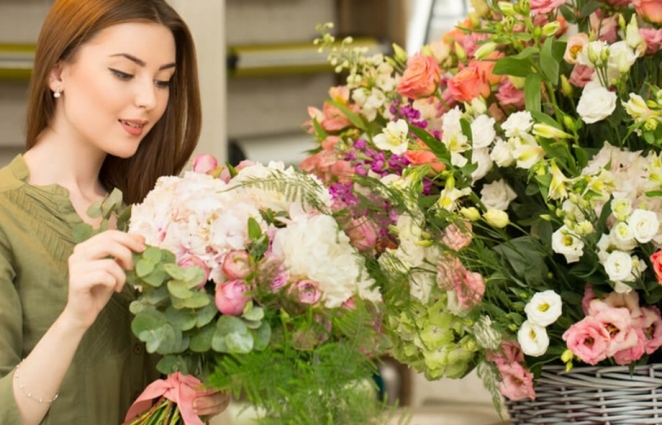Floristry:
Floristry can be defined as the process of commerce, production, and trading of flowers. This includes the care and handling of flowers, the design of flowers, or flower arrangements, the sale, production, display, and distribution of flowers. The wholesale florist present in the market sells the flowers in bulk quantity and related supplies to professionals in the trade. Consumers can get fresh flowers and related products and services from retail florists. The very first shop of flowers was opened even before 1851 in the United States. One can easily get the houston flower delivery by getting a flower subscription houston tx from the houston wedding florist.

Floristry handles all the processes from the cultivation of the flowers to the arrangement of flowers to trade. The majority of the raw materials are supplied by the cut flowers industry that is used for the floristry trade. The only main outlets for flowers are the retail shops available in the market, along with the online store, but supermarkets, garden supply stores, and filling stations also sell flowers.
Floral arts which are also known as floral designs is the art of doing the arrangement of flowers in bowls, vases, or any other containers; or making bouquets and compositions from ornamental grasses, cut foliages, flowers, herbs, ad other plant materials. Often the terms "floral design" and "floriculture" are considered to be synonymous. Florists are people who work with flowers and plants, usually at the retail level. There is a difference between floristry and floristics, the study of relationships and distribution of plant species over geographic areas. Floristry is also different from horticulture, which deals more broadly with the cultivation of flowers and plants, so they will stay fresh for as long as possible, and it is desirable to purchase with knowledge of customer needs and expectations. The skill to create a wide range of flower designs which include bouquets, wreaths, boutonnières/'buttonholes', corsages, permanent arrangements, and other more complex arrangements are also very important.
Education of this floriculture
Education, both formal and informal, is another important segment of the floriculture industry. Established floristry designers and artists offer their craft as a hobby or career to students interested in floral design. One can easily find these courses at private post-secondary vocational schools, community colleges, and professional florist trade associations.
The very first horticultural college was established in 1896 in Naaldwijk, Netherlands, and following that, the second horticultural college was established in 1897 in Aalsmeer.